Forex Weekly Outlook June 9-13
Rate decision in New Zealand and Japan, employment data in the UK, Australia and the US and US retail sales are the highlights of this week. Here is an outlook on the main market-movers coming our way.
Last week, US Non-Farm Payrolls showed a 217K gain in jobs in May reinforcing estimates that the five-year-long recovery has accelerated this spring. April’s jobs addition was the best in more than two years. Meanwhile the unemployment rate remained unchanged at 6.3% in May, matching the lowest level since September 2008. Analysts expected a lower job addition of 214,000 and a higher unemployment rate of 6.4%. May’s advance tops the average monthly gain of about 200,000 during the past year. Will this positive trend continue?
- UK employment data: Wednesday, 8:30. U.K. jobless claims declined less-than-expected in April, down 25,100 from 30,600 in the previous month while economists expected a contraction of 30,700 claims. However the rate of unemployment declined to 6.8% in the three months to March from 6.9% in the three months to February, in line with market forecast. The average earnings increased by a seasonally adjusted 1.7% in the three months to March, the same as in the prior three months, lower than the 2.1% rise expected. The number of unemployed is expected to decline further by 25,000 and the unemployment rate is expected to decline to 6.7%.
- US Federal Budget Balance: Wednesday, 18:00. The US government posted a large $106.9 billion surplus in April, lowering deficit to $305.8 billion for a dramatic 37% improvement from this time last year. Receipts were on the rise led by a11% fiscal year-to-date increase in corporate taxes and a 7% increase in individual taxes. The rate of improvement indicates a positive trend of deficit contraction. Us Federal budget is predicted to show a 142.8billion deficit this time.
- NZ rate decision: Wednesday, 21:00. Governor of the Reserve Bank of New Zealand, Graeme Wheeler decided to raise rates by 25 basis points to 3.0% in April in light of positive growth in New Zealand’s economic activity. The rate hike was in line with market forecast. Prices for New Zealand’s export commodities remain very high, despite a 20% drop in auction prices for dairy products in recent months. Domestically, the long period of low interest rates and the strong expansion in the construction sector led to strong recovery. The RBNZ is expected to increase rates once more by 0.25% to 3.25%.
- Australian employment data: Thursday, 1:30. Australia’s unemployment rate remained steady at 5.8% in April, amid positive signs of recovery in the labor market. The number of people employed increased by 14,200 to 11.57 million in April. Full-time employment edged up 14,200 to 8.05 million during the period. Part-time employment remained unchanged at 3.53 million. If the rate of improvement continues, the RBA may have to consider raising rates. Australian job addition is expected to reach 10,300, while the unemployment rate is expected to grow to 5.9%.
- US retail sales: Thursday, 12:30. U.S. retail sales were slow in April after strong gains posted in the previous two months, but the overall growth trend for the second quarter remains robust. Retail sales edged up 0.1% affected by declines in receipts at furniture, electronics and appliance stores, restaurants and bars and online retailers. Retail sales edged up 1.5% in March after a 1.1% advance in February following stagnation during the cold winter season. April’s low reading may reflect growing caution amid consumers waiting to confirm economic recovery. Meanwhile, Core sales, excluding automobiles, remained unchanged in April after advancing 1.0% in March, much lower than the 0.6% rise anticipated by analysts. U.S. retail sales are expected to grow by 0.5% , while core sales are predicted to gain 0.4%.
- US unemployment claims: Thursday, 12:30. The number of US jobless claims rose last week to 312,000 from 304,000 in the prior week, but the general trend continues to point to a strong labor market. Analysts expected a smaller increase to 309,000. The four-week average fell 2,250 to 310,250, the lowest level since June 2007. Even if job growth slows in May as expected, economists say it should not be viewed as a loss of momentum in the labor market and the economy as payrolls would still be above the average for the preceding six months. US jobless claims are expected to reach 306,000 this week.
- Stephen Poloz speaks: Thursday, 15:15.BOC Governor Stephen Poloz will speak in Ottawa. Market volatility is expected.
- Mark Carney speaks: Thursday, 22:00.BOE Governor Mark Carneywill speak in London. Carney may talk about the BOE’s latest rate decision and the reasons for maintaining monetary policy in June. Volatility is expected.
- Japan rate decision: Friday. The Bank of Japan maintained rates in May, renewing their commitment to boost monetary base by 60-70 trillion yen per year. The bank statement said Japan’s economy is progressing according to forecasts and capital spending is expected to advance in the coming weeks. Exports are stable and will remain unchanged according to the forecast. No change in rates is exected.
- US PPI: Friday, 12:30. The prices that U.S. finished goods increased 0.6% in April, following a 0.5% rise in March indicating a rising inflation trend. The reading was above market forecast of a 0.2% increase. The increase was led by higher food prices and greater retailer and wholesaler profit margins. On a yearly base, producer prices increased 2.1%, the biggest rise in more than two years. US producer prices are expected to gain 0.1% this time.
- US Prelim UoM Consumer Sentiment: Friday, 13:55. US consumer sentiment declined to 81.8 and in May from 84.1 in April mainly due to lower rating in the current conditions index, down to 95.1 from 98.7 in April. Analysts expected the index to rise to 84.7. The outlook component also slipped to 73.2 from 74.7. However, overall data indicates consumer sentiment continues to its positive trend despite recent financial market volatility. US consumer moral is expected to rise to 83.2.


 LinkBack URL
LinkBack URL About LinkBacks
About LinkBacks





 Reply With Quote
Reply With Quote
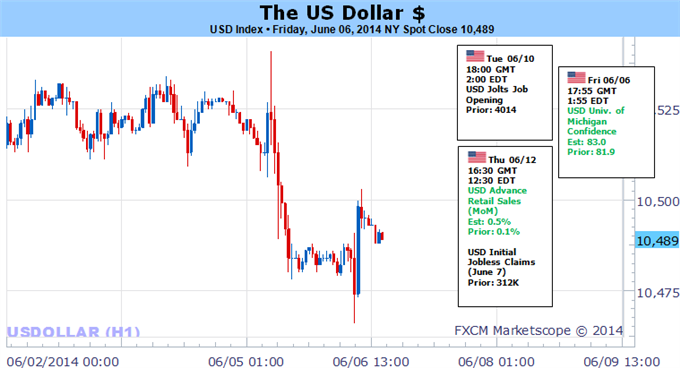

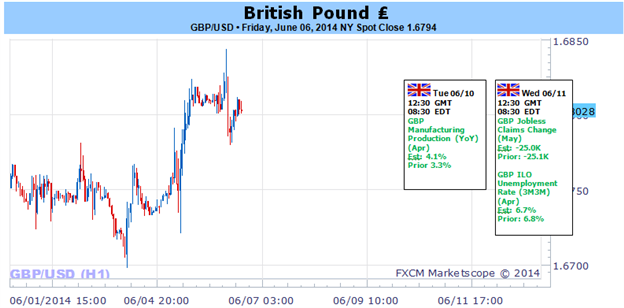
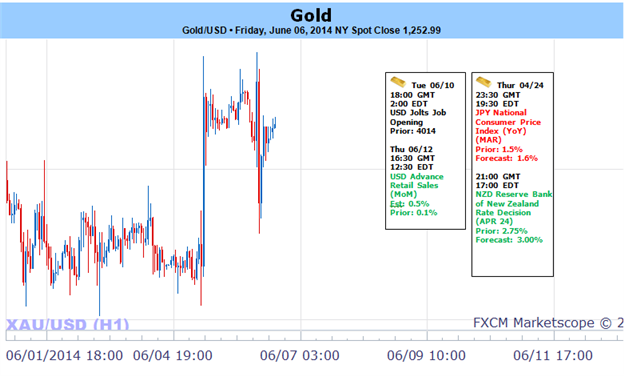
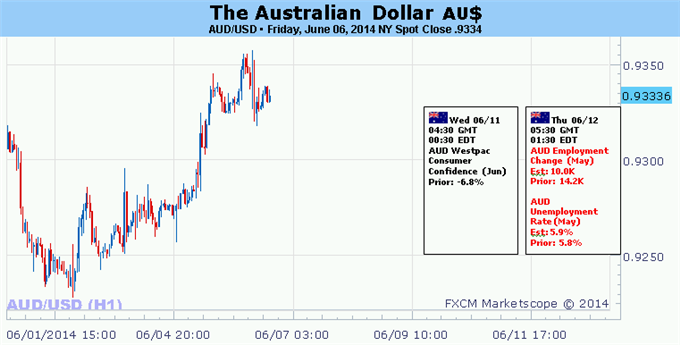

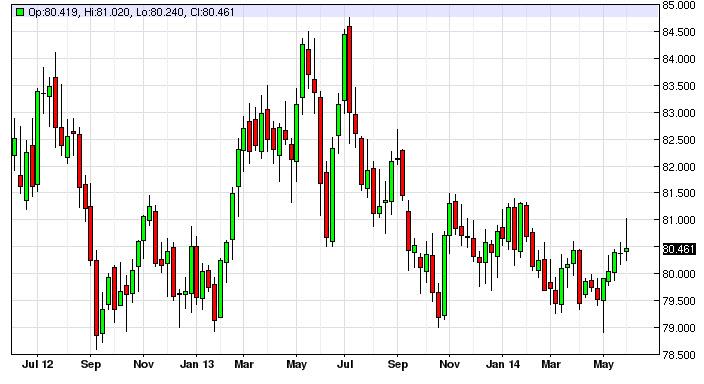
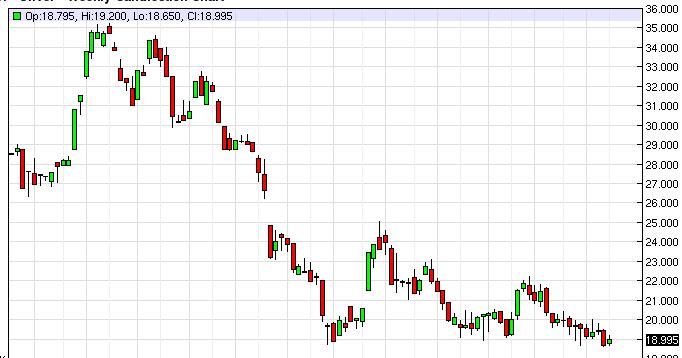
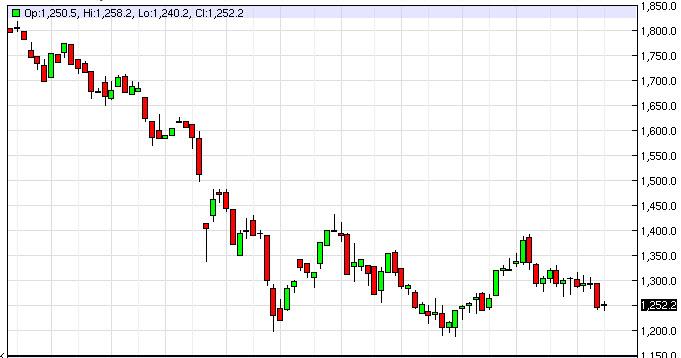


Bookmarks